black holes
Latest about black holes
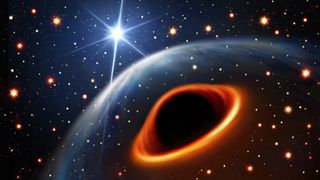
Ultra-rare black hole found hiding in the center of the Milky Way
By Ben Turner published
A potential intermediate-mass black hole is hiding right next to our galaxy's supermassive black hole.

Is the James Webb Space Telescope really 'breaking' cosmology?
By Paul Sutter published
While headlines around the world claimed that ancient galaxies discovered by the James Webb Space Telescope were "breaking" our understanding of the Big Bang, the truth is much more nuanced — and much more interesting.
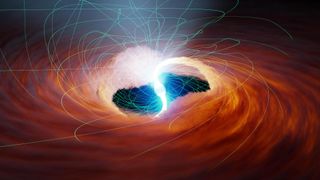
Dead stars sometimes shine again — and gravity itself may be responsible
By Paul Sutter published
Do dead stars glow? A strange gravitational phenomenon could be generating enormous amounts of light around neutron stars, new research suggests.
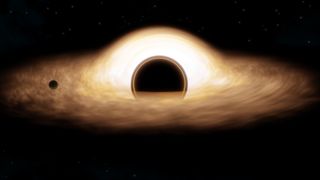
What would happen if a black hole wandered into our solar system?
By Ashley Hamer published
Black holes aren't "cosmic vacuum cleaners," but what would happen if one wandered into our solar system?
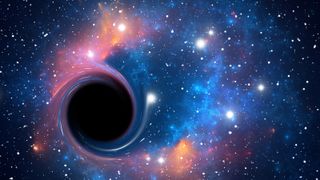
Milky Way's rarest black hole may lurk behind 7 stars that 'shouldn't be there'
By Harry Baker published
Seven strangely-behaving stars in the Milky Way's Omega Centauri cluster may be under the influence of an extremely rare type of black hole, new research suggests.
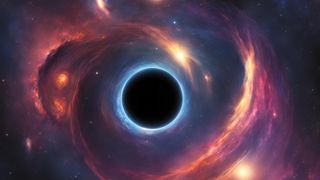
Study finds black holes made from light are impossible — challenging Einstein's theory of relativity
By Andrey Feldman published
New theoretical research finds that it's impossible to form a black hole with the energy of light particles alone, poking a hole in Einstein's theory of general relativity.
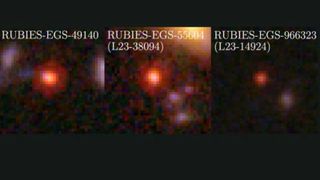
Forbidden black holes and ancient stars hide in these 'tiny red dots'
By Robert Lea published
The James Webb Space Telescope found "tiny red dots" in the early universe representing overgrown supermassive black holes and stars that are impossibly old for the infant cosmos.
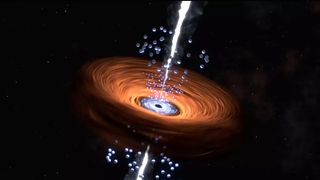
This impossibly massive black hole wasn't very hungry during the dawn of time
By Robert Lea published
Using the James Webb Space Telescope, astronomers have discovered an improbably huge black hole near the dawn of time, which doesn't seem to be eating near as much as it should.
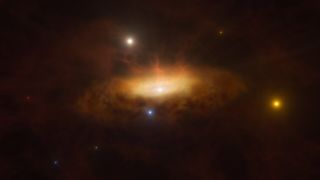
Supermassive black hole roars to life before astronomers' eyes in world-1st observations
By Ben Turner published
Astronomers may be watching a supermassive black hole "waking up" from a long slumber for the first time ever. The researchers think the black hole may have gotten its hands on a glut of new material to devour, causing an uptick in brightness.
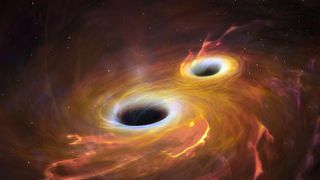
Astronomers discover the 1st-ever merging galaxy cores at cosmic dawn
By Ben Turner published
Two superluminous quasars, or active black holes at the centers of large galaxies, were found just 900 million years after the Big Bang — the earliest detection of a pair of merging quasars ever seen.
Sign up for the Live Science daily newsletter now
Get the world’s most fascinating discoveries delivered straight to your inbox.
